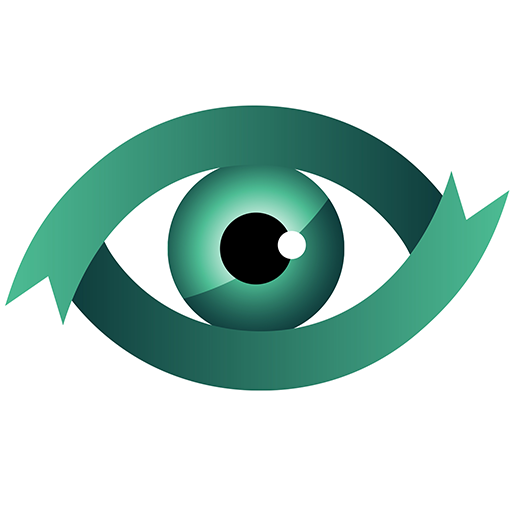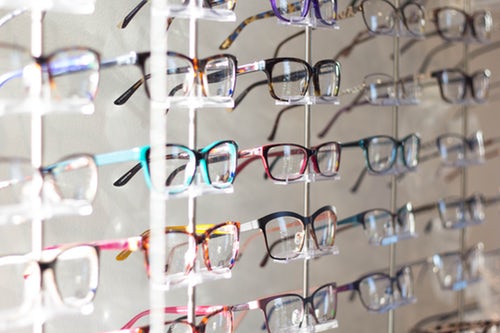Differences in Bifocal, Trifocal, and Progressive Lenses
So, you go in for your an eye exam because you notice words and objects close up just seem blurry. Your eye doctor tells you that you have a very common eye condition, presbyopia. Presbyopia is easy to correct, you can just get a pair of lenses and then be able to live your life with clear vision. But, there are several options to choose from. Bifocals, trifocals, and progressive lenses are all options to help you be able to see up close again. Here are the differences between the three to help you pick which ones sound like the right ones for you.
Bifocals
Bifocals are two lenses split with one lens at the top, and the other at the bottom, hence ‘bi’. The top part of bifocals helps you see objects in the distance, while the bottom helps see objects close up. Therefore, you can see road signs from far away and also read the newspaper. While the two lenses are attached together, you can see a visible line horizontally where the two lenses meet. This line is distinctly for bifocals. The one problem bifocals are known for is that they do not correct your immediate field of vision. If you are trying to see an object from 18 to 24 inches from your face, bifocals fail to focus in on any objects there. Bifocals are a common choice, however, as they have been around for a long time and do the trick for those failing to see.
Trifocals
Trifocals are the same concept as bifocals, except they have three lenses instead of two. The third lens solves the problem of not being able to see in your immediate field of vision as well as seeing far and up close. Since there are three zones of lenses, there are also visible lines on the lens.
Progressive Lenses
Progressive lenses stand out from bifocals and trifocals because they have no visible lines, and seamlessly create a focus for all fields of vision. Farsightedness, nearsightedness, and immediate field of vision are all corrected. Progressive lenses have often been described as the most ‘natural’ vision correcting lenses, due to the fact that these lenses give you less eye strain than any other lens on the market today. Progressive lenses also can cater to each eye, as your left eye may need a different prescription than your right.
If you notice that your vision needs correcting, contact your eye doctor and get in for an eye exam. Corrective lenses are common treatment options to help you live your daily life without straining your eyes to see. Pick from which lens sounds best to you, based on your personal needs.





No Comments